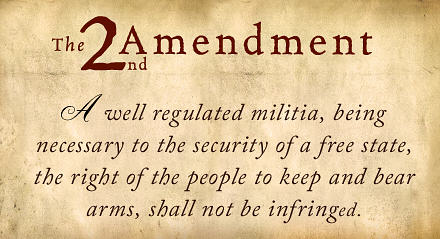

'Gun Control's History, and the 2A
The historical legal debate over gun control in the U.S.
isn't as clear-cut as most people on either side think
By Daniel B. Moskowitz. June 16, 2022
The U.S. Supreme Court is expected within days to rule on the validity of a New York state law that places strict limits on carrying handguns, New York State Rifle & Pistol Inc. v. Bruen — and the decision could rewrite the heated American debate over 'gun control'.
Opponents of the law, which requires those seeking a concealed-carry license to prove that they need it for self-protection, argue that the statute is barred by the Second Amendment to the Constitution. But the fact that the Justices are now considering overturning the New York law — which has been in effect for more than a century — is a vivid indicator of how the justices’ view of the Second Amendment has taken a dramatic turn in the 21st century, and how what were once unanimous decisions that the amendment’s reach is limited have turned into rancorous debates at a sharply divided court.
WHAT DOES THE SECOND AMENDMENT SAY:
The Second Amendment was added to the Constitution as part of the Bill of Rights in December 1791. It reads: “A well regulated militia, being necessary to the security of a free State, the right of the people to keep and bear Arms, shall not be infringed.”
That was not a controversial provision, merely codifying a widely held view on the legitimacy of a citizen militia and repeating a guarantee included in the British Bill of Rights of 1689 and the earlier U.S. Articles of Confederation.
What 'gun controls' were and were not allowed was so uncontroversial that it was 1939 before the first case in which the U.S. Supreme Court ruled on whether the Second Amendment applied to a specific law curbing gun ownership. In fact, the Supreme Court had been in business for 85 years before it got its first case involving the Second Amendment at all. And then it was only a peripheral issue.
..... 
![]()

























